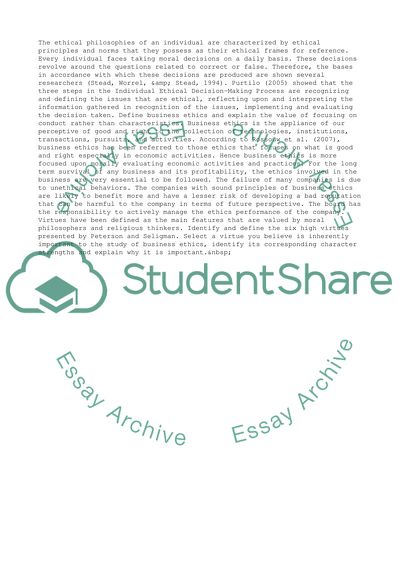Cite this document
(“Business Ethics Mid-Term Examination Assignment”, n.d.)
Business Ethics Mid-Term Examination Assignment. Retrieved from https://studentshare.org/business/1472219-business-ethics-mid-term-examination
Business Ethics Mid-Term Examination Assignment. Retrieved from https://studentshare.org/business/1472219-business-ethics-mid-term-examination
(Business Ethics Mid-Term Examination Assignment)
Business Ethics Mid-Term Examination Assignment. https://studentshare.org/business/1472219-business-ethics-mid-term-examination.
Business Ethics Mid-Term Examination Assignment. https://studentshare.org/business/1472219-business-ethics-mid-term-examination.
“Business Ethics Mid-Term Examination Assignment”, n.d. https://studentshare.org/business/1472219-business-ethics-mid-term-examination.


